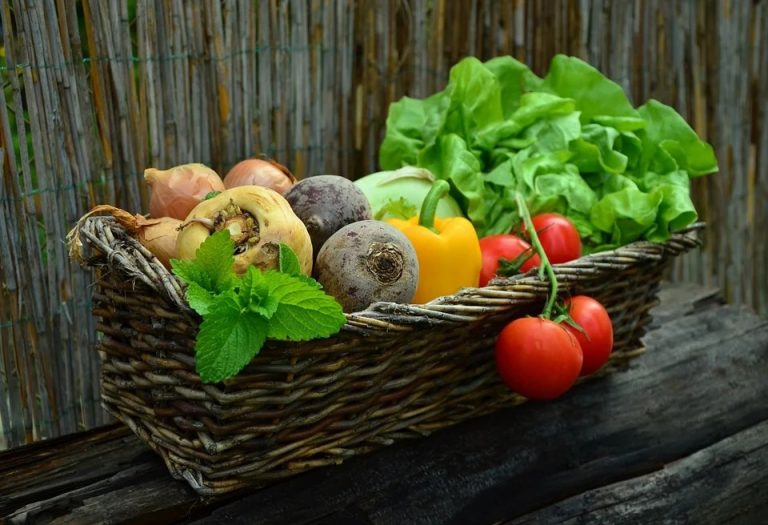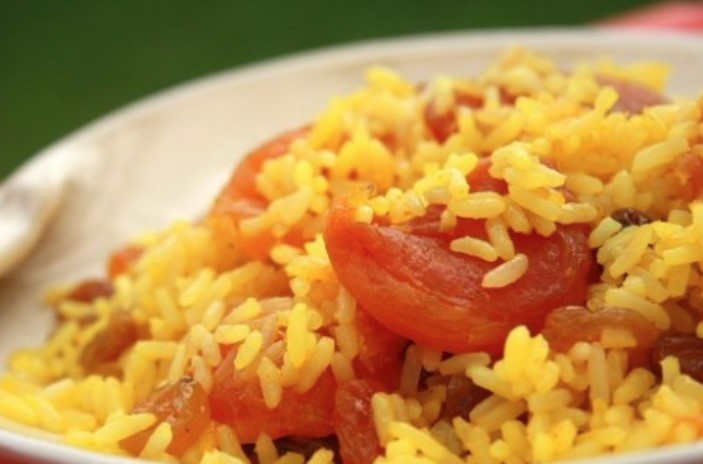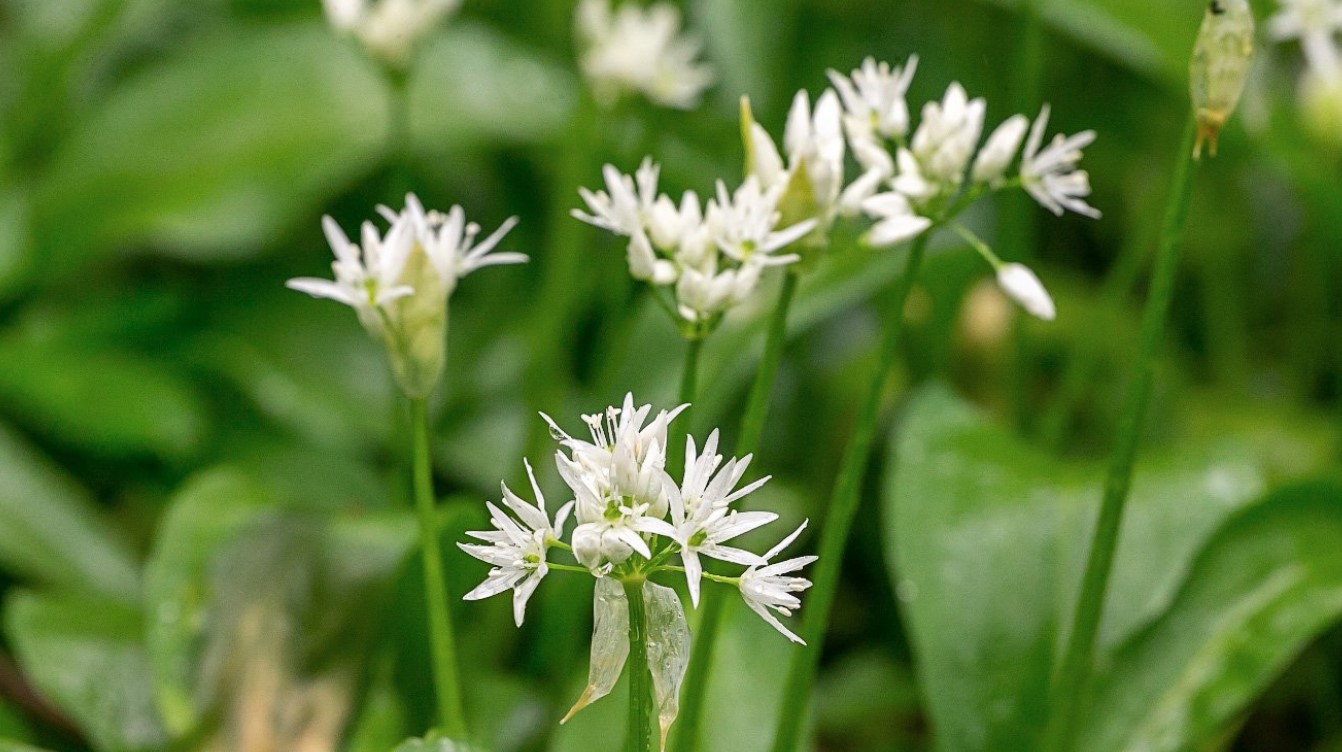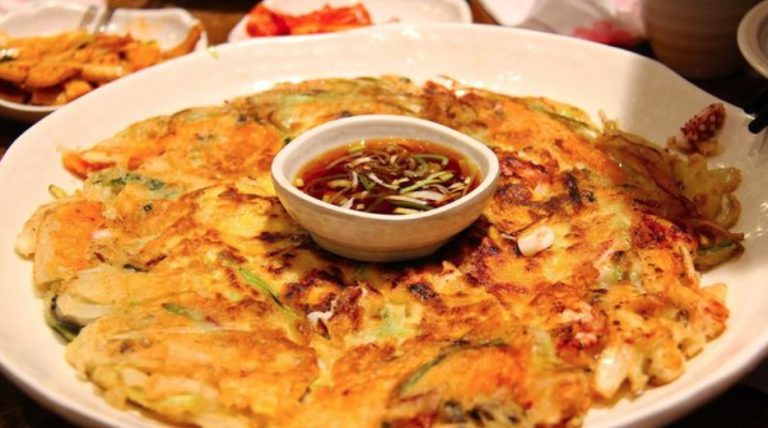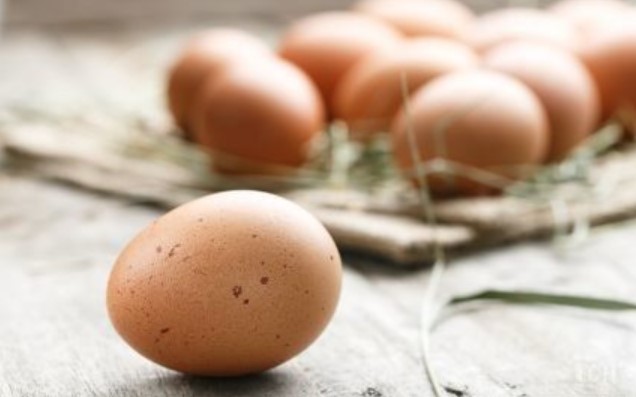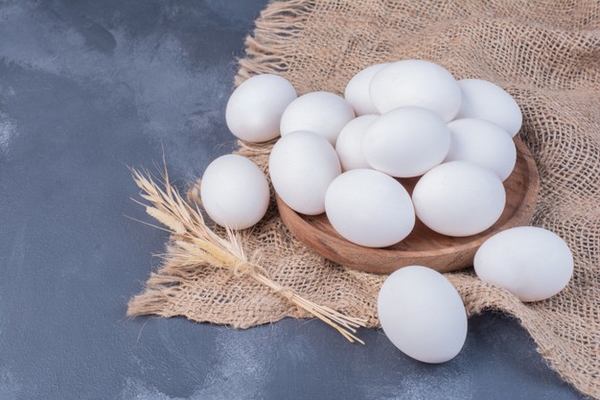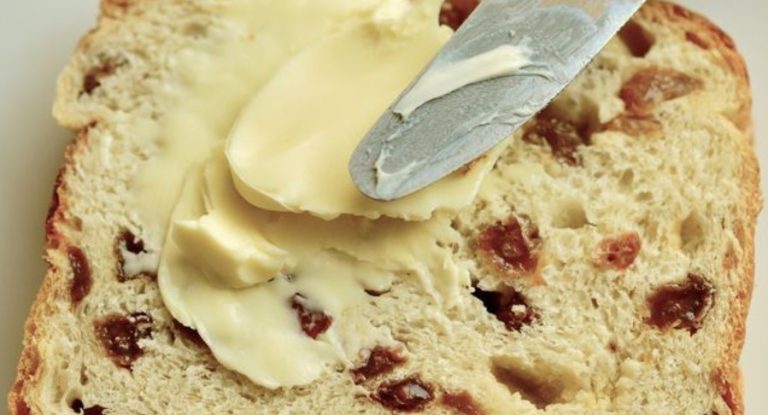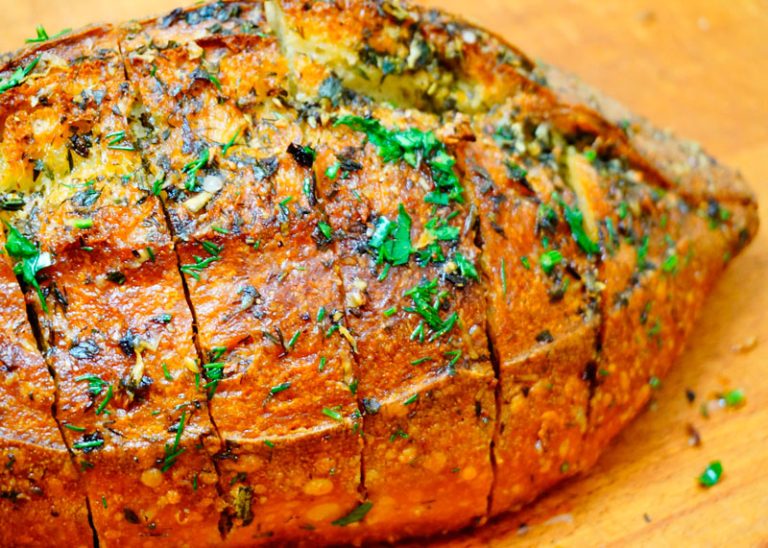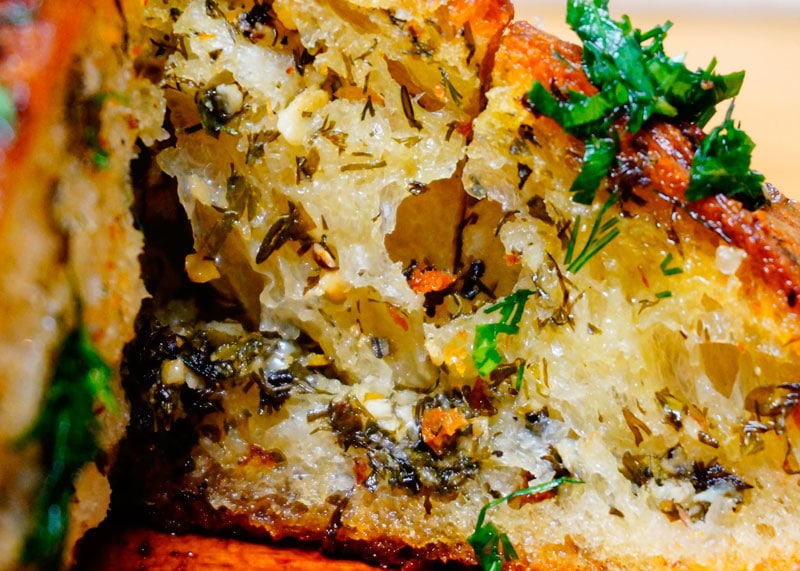From March, wild garlic will sprout from the ground here. Many are familiar with wild garlic, but are wondering: what can you do with wild garlic? We show delicious wild garlic recipes and have tips on how best to prepare wild garlic.
Wild garlic is also called “wild garlic”, but you harvest the leaves and not the bulbs. As soon as the first rays of sunshine tickle the forest floor in March, the green, garlic-scented leaves sprout out of the ground. And with the start of the wild garlic season, it is also time for sophisticated wild garlic recipes.
5 simple wild garlic recipes
Three important tips first:
If you want to collect wild garlic yourself, you should be careful what you pick. Read this in advance: Recognizing wild garlic and not confusing it with poisonous plants.
Most of the aroma is in the leaves as long as the wild garlic is not in bloom. Depending on the region and the weather, wild garlic dishes only taste good until the end of April, or the end of May at the latest.
If you want to eat dishes with wild garlic outside of the wild garlic season, the wild vegetables can be preserved well, preferably frozen. Read more: Freezing wild garlic and preserving it – this is how it works.
Cook wild garlic – the basics
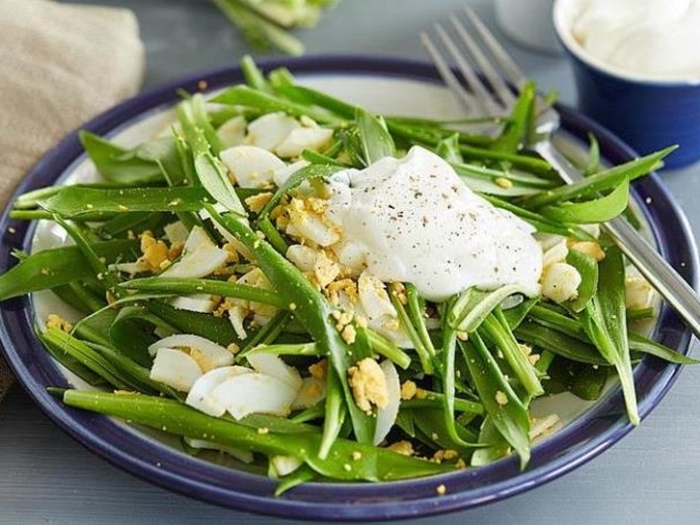
Wild garlic replaces garlic, onion greens or chives in the kitchen in spring. It contains the most flavor when it is not heated and eaten raw. That is why many wild garlic recipes use it cold or only lukewarm in herb butter, cream cheese or pesto.
If you want to use the wild vegetables for hot dishes, such as a soup, be careful not to heat them for too long in order to preserve as much of the aroma as possible.
Preservation tips:
With a long-lasting wild garlic paste as a basis, you can also enjoy the delicious wild garlic aroma in pesto, soups, sauces and for seasoning in other seasons. More on this in the basic recipe for wild garlic paste.
If you dry it, it loses a lot of its flavor and that would be a shame. Better to freeze then.
By the way: The garlic aroma is less persistent than that of “real” garlic, so you don’t have to worry about a “garlic flag”.
Basic recipe for wild garlic paste
Oil and salt preserve the wild garlic and its aroma for several months if you keep the paste tightly sealed and in a cool, dark place.
For a small jar you will need:
150 g wild garlic leaves
3 tablespoons olive oil
½ teaspoon salt
This wild garlic recipe is vegan and is ideal for preserving wild garlic for a long time.
Important: With all ingredients, we advise you to pay attention to organic quality if possible. The EU organic seal is a good guide, the cultivation associations Naturland, Bioland and Demeter have even stricter ecological criteria.
Wild garlic recipe with dumplings
You can do much more with wild garlic than preparing wild garlic soup or pesto. If you like, you can serve the dumplings with a sauce seasoned with wild garlic paste.
Wild garlic recipe for about 8 dumplings
100 g wild garlic
4 stale rolls
1 onion
2 eggs
150 ml organic milk (alternatively plant milk)
some butter (alternatively margarine) or oil
pepper and salt
Cut the stale rolls into small cubes, about 1×1 cm. Mix milk and eggs and season with pepper and salt. Finely chop the onion and fry in a little butter or oil until translucent. Mix the egg milk and onions into the bun cubes and set aside.
Wash and finely chop 100 g wild garlic leaves. Put on a large saucepan with salted water. Knead the roll mixture with your hands or a hand mixer until all the ingredients are well combined and you can form dumplings. Form eight dumplings, place in the boiling water and leave to simmer for about 15 minutes over a low heat.
You can serve the dumplings however you like, for example sprinkled with grated cheese or with a fruity tomato sauce; with fresh spinach vegetables; with wild garlic sauce; with a crisp salad or colorful vegetable dishes.
Tip: If the rolls were too fresh, it may be necessary to thicken the dumpling mass with a little extra flour or breadcrumbs.
Wild garlic recipe for filled muffins
These muffins are ideal as finger food or as a main course with a salad. If you don’t have muffin tins, you can also put two paper cups inside each other or bake the small cakes in other containers, such as well-greased coffee cups.
Wild garlic recipe for 12 muffins
170 grams of flour
1 teaspoon Baking powder
½ tsp baking soda
50g Parmesan
75g butter or margarine
2 eggs
250 ml buttermilk
80 grams of cream cheese
1 bunch of wild garlic
1 tsp oregano
1 tsp thyme
4 sun-dried tomatoes (in oil or soft tomatoes)
Cut the wild garlic and sun-dried tomatoes into small pieces for the filling. Set aside about half of the wild garlic, mix the other half with oregano, thyme and the dried tomato pieces.
For the dough, mix flour, baking powder, baking soda and parmesan. In a mixing bowl, cream together the butter and eggs, then gradually add the buttermilk and flour mixture. Finally, stir in the second half of wild garlic.
Fill the muffin tins with about a tablespoon of batter, covering the bottom. Using two teaspoons, place the wild garlic filling in the middle. Cover with about 2 tablespoons of dough so that the filling is completely covered.
Bake at 180 °C for about 30-35 minutes until golden and enjoy lukewarm.
Wild garlic recipe for feta cream
Make sure that the cheese used is made from sheep’s and/or goat’s milk and not cow’s milk. The protected designation of origin PDO has existed in the EU since 1997, after which only sheep and goat milk products from Greece are called “Feta”. Cheese made from cow’s milk that looks similar tastes and has a different name. The wild garlic cheese cream tastes wonderful on fresh toast, baguette or flatbread.
Wild garlic recipe for one portion that fills two people
150g feta
1 bunch wild garlic (approx. 100 g)
2 tablespoons cream cheese
1 tablespoon olive oil
chili flakes
Crumble the feta with your hands and place in a shallow soup plate. Using a fork, fold in the cream cheese and oil until you have a creamy, fine-grained mass. Then mix in the chopped wild garlic leaves and season with chili flakes.
Harvest wild garlic in nature
In some regions (e.g. Brandenburg or Hamburg), wild garlic is listed on the Red List as “endangered”. It is also endangered in Bremen and Schleswig-Holstein. In general, you should be careful not to harvest it in nature reserves, unless the local protection ordinance allows it.
Wild garlic also enjoys a certain degree of protection outside of nature reserves, which prohibits collecting it for more than your own personal use. The wild harvest of wild garlic outside of nature reserves is fine for the occasional wild garlic soup. However, if you want to build up a large supply, you should switch to cultivated wild garlic from the trade or grow wild garlic in the garden yourself.
Grow wild garlic in the garden

Of course, it is also possible to grow wild vegetables, also known as “garlic spinach”, in the garden. It needs a rather shady and moist location, because when it occurs wild in nature, it usually chooses alluvial forests, shady stream edges or moist ravines.
For the seed to germinate, it needs cold, so it needs to be sown in the fall to sprout in the spring. Sometimes the seed takes more than a year to germinate. So be patient and let yourself be surprised in which spring it makes you happy.
If you have already seen the “witch onion” in nature, then you know that it usually occurs there in large “carpets of wild garlic” – and so the wild vegetables will also spread in your garden! If you don’t want that, you should regularly put it in its place by plucking it out – or build a rhizome barrier that prevents it from spreading.

